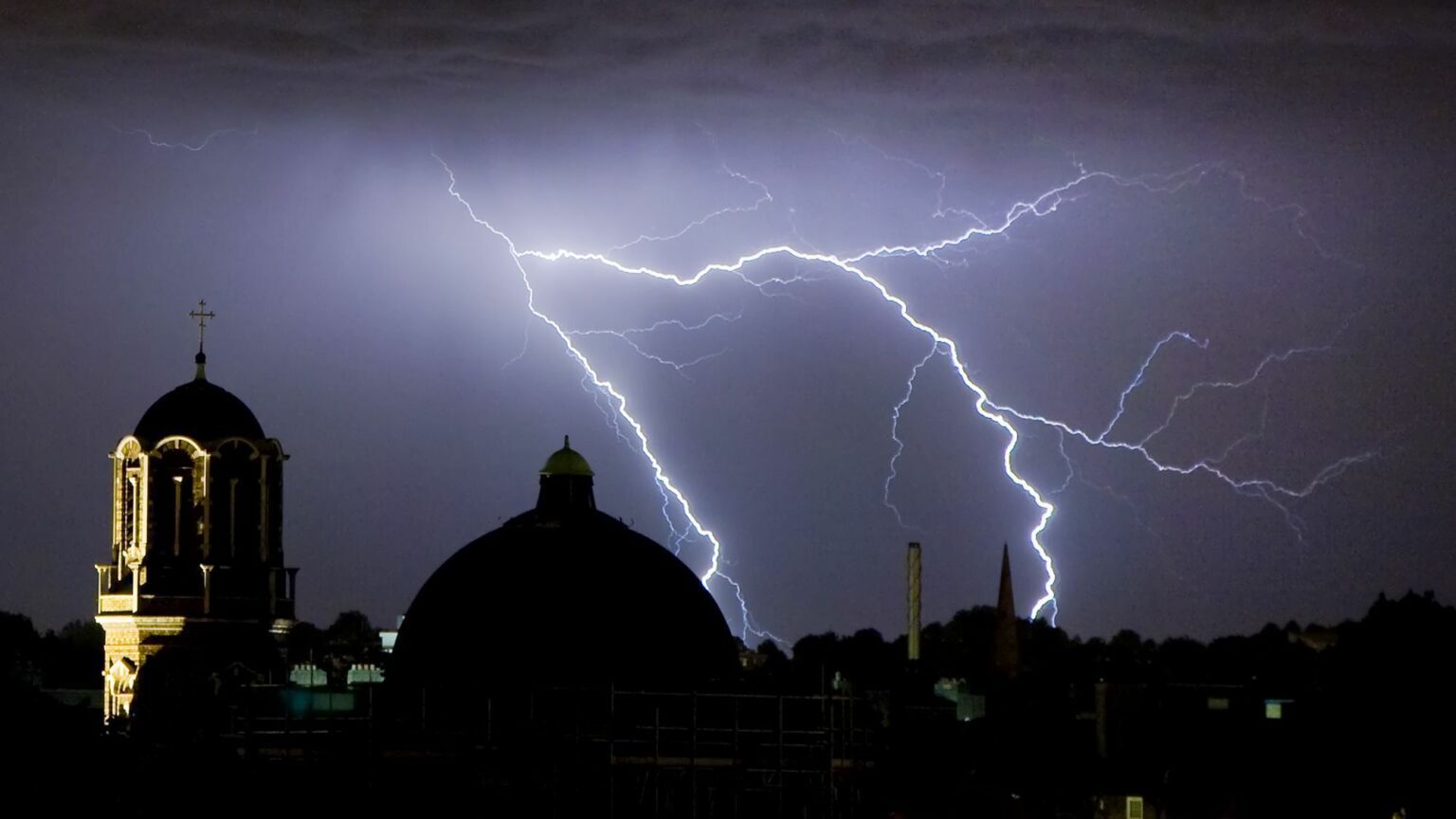Witch-hunts in mid-millennial Europe were inextricably linked with concerns over climate change. This was the era of the Little Ice Age, the period that roughly spanned from 1300 to 1850 during which the Northern Hemisphere experienced exceptionally cold winters. The impact of the Little Ice Age was devastating. The frigid weather violently disrupted harvests in Europe, especially the grain harvest. Following particularly cold periods in the 1500s, it took 180 years for grain harvests to return to their previous levels. The result, in the words of German historian Philipp Blom, was ‘a long-term, continent-wide agricultural crisis’ (2). And this led to a staggering spike in witch-hunts. Blom describes how in northern Europe in particular, ‘the accumulation of bad harvests and the constant fear of famine and illness’ led to the rise of ‘a particularly cruel collective hysteria: witch trials’. Thousands of women, and occasionally men, were burnt for their alleged role in stoking contrary weather, in causing climate change.
For a long time, says Blom, historians wondered why witch persecutions were ‘especially cruel’ between the years 1588 and 1600 and again between 1620 and 1650. It’s because these were the times of the most extreme cold and most dreadful storms, and the evil cause of such climatic calamities had to be found and extinguished.


